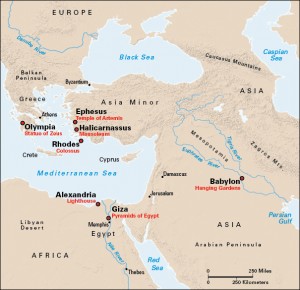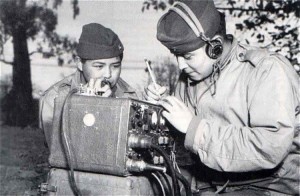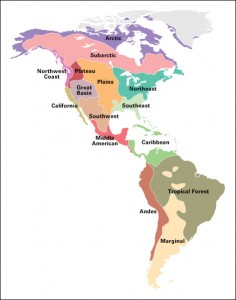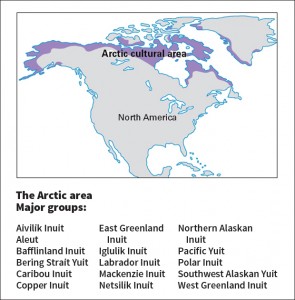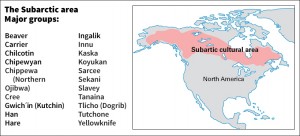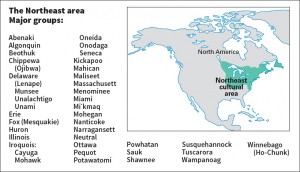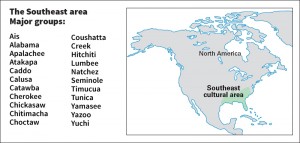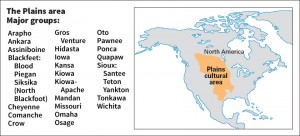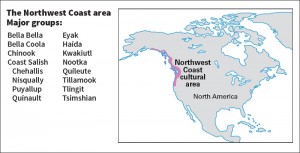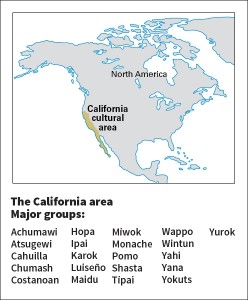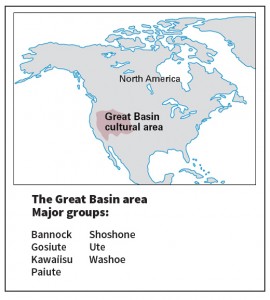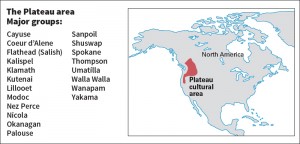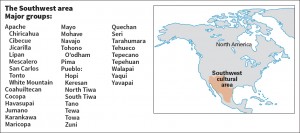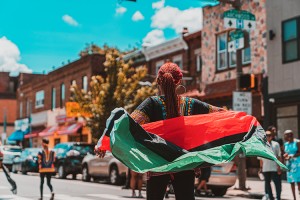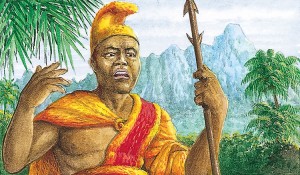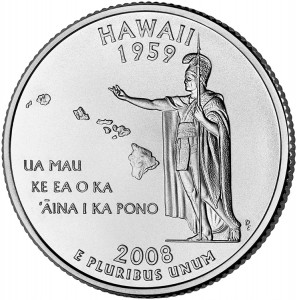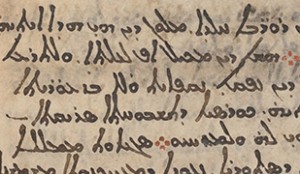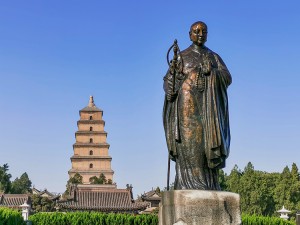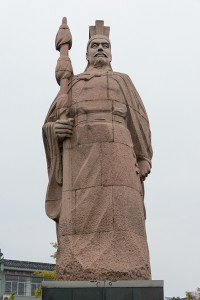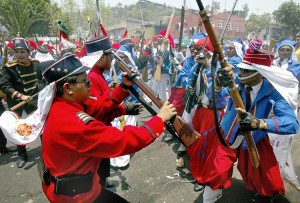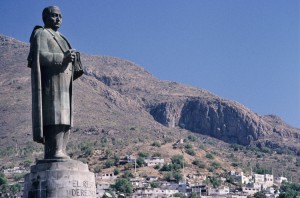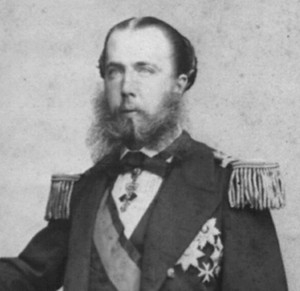History Mystery: The Hanging Gardens of Babylon
Friday, November 24th, 2023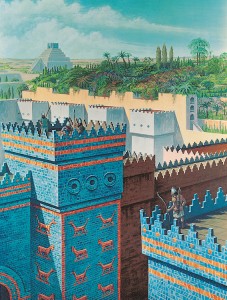
The Hanging Gardens of Babylon were said to have been built by King Nebuchadnezzar II after he married a mountain princess. He hoped the gardens would make her feel at home.
Credit: World Book illustration by Birney Lettick
The Hanging Gardens of Babylon were one of the Seven Wonders of the Ancient World, a listing of notable objects built between about 2500 and 250 B.C. The plants in the gardens spilled over terraces, giving them the appearance of hanging. The gardens probably were built by King Nebuchadnezzar II, who ruled Babylon from 605 to 562 B.C. Babylon was a great city on the banks of the Euphrates River near present-day Al Hillah, Iraq. Archaeologists have not been able to find the remains of the gardens.
The gardens are considered to be a great architectural achievement. Nebuchadnezzar was said to have built the gardens for his wife Amytis, who missed the lush mountains of her homeland of Media, an ancient country in what is now northern Iran. Nebuchadnezzar’s palace had stone arches and brick terraces on squared-off pillars. Plants filled the terraces. To irrigate the flowers and trees, enslaved people worked in shifts turning handles to lift water from the Euphrates River.
Knowledge of the gardens comes from an account written around 280 B.C. by Berossus, a Babylonian priest. Later writers, who may have only read about the gardens, described them as laid out on a brick terrace about 400 feet (120 meters) square and 75 feet (23 meters) above the ground. Strabo, a Greek geographer who lived from about 63 B.C. to A.D. 24, described the irrigation system for the gardens and vaulted terraces. He wrote of screws that drew the water up from the river. Diodorus Siculus, a Greek historian who lived sometime between 100 B.C. and the birth of Jesus Christ, described the gardens as a green, forested, artificial mountain that resembled a ziggurat (stepped tower).
Some historians believe that accounts of the gardens may be inaccurate or untrue. The British scholar Stephanie Dalley, for example, concluded that the gardens never existed in Babylon. Dalley believed the gardens were built in the city of Nineveh, about 300 miles (500 kilometers) north of Babylon, by the Assyrian King Sennacherib in the early 600’s B.C. In ancient texts, Sennacherib described his royal palace gardens as having an irrigation system powered by a water-raising device often referred to as the Archimedean screw. Modern excavations in the area found an aqueduct system for delivering water from the mountains. The historical confusion could be due to Nineveh being referred to as “old Babylon” in Assyrian sources.

